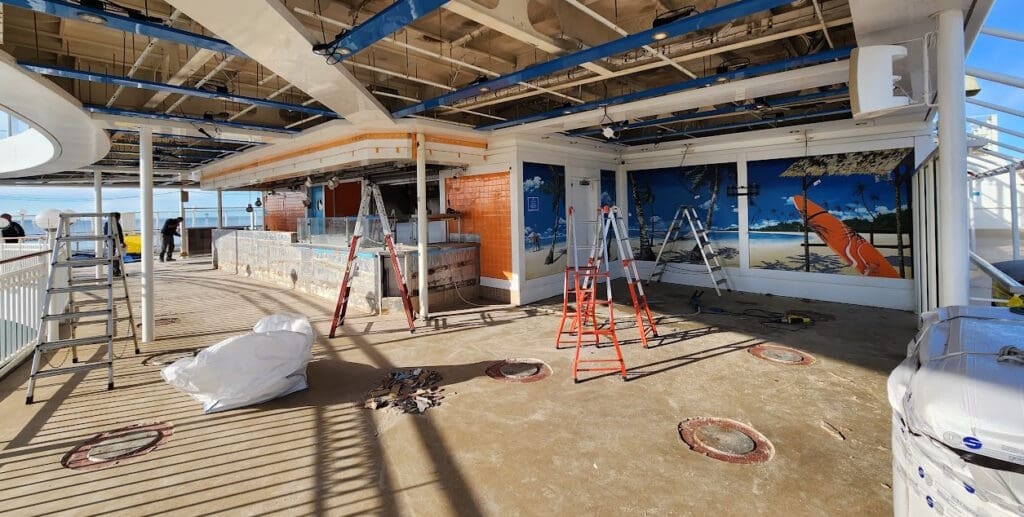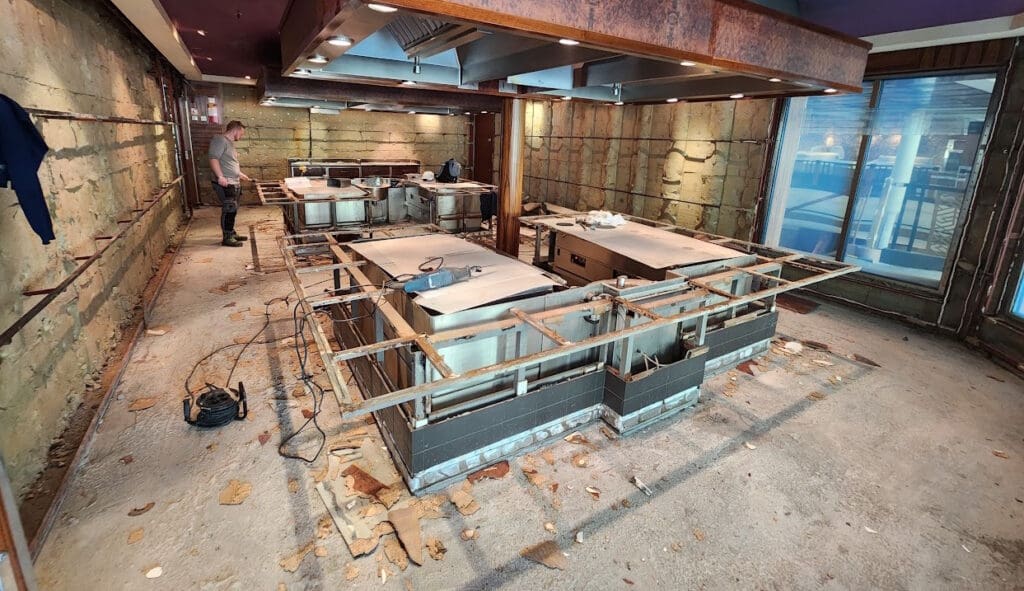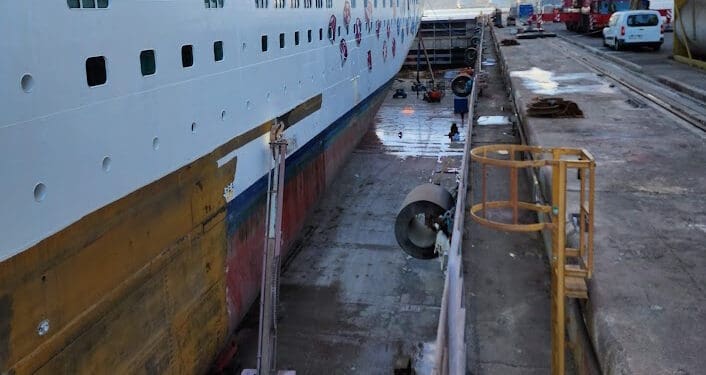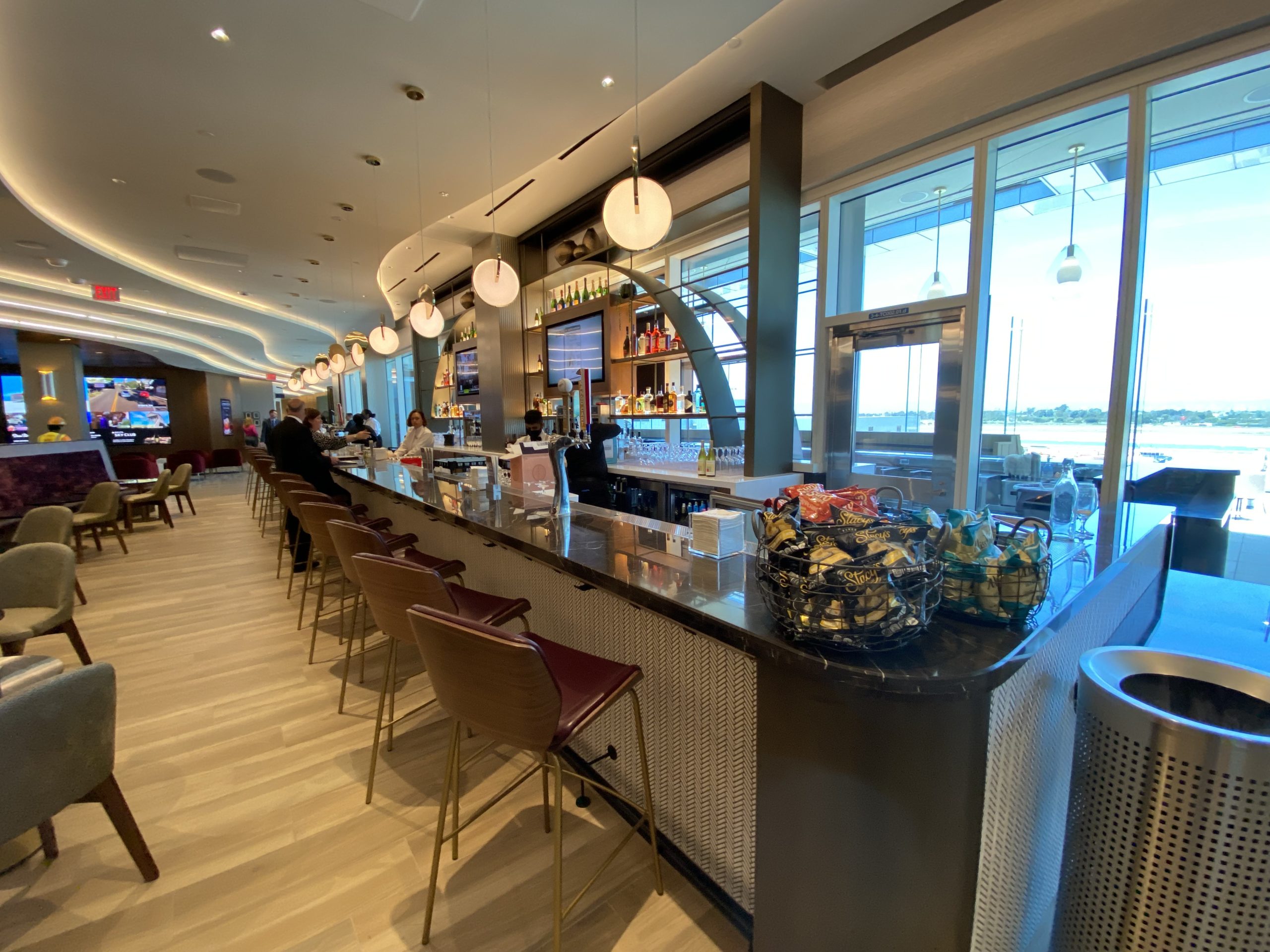Advertiser Disclosure: Eye of the Flyer, a division of Chatterbox Entertainment, Inc., is part of an affiliate sales network and and may earn compensation when a customer clicks on a link, when an application is approved, or when an account is opened. This relationship may impact how and where links appear on this site. This site does not include all financial companies or all available financial offers. Opinions, reviews, analyses & recommendations are the author’s alone, and have not been reviewed, endorsed, or approved by any of these entities. Some links on this page are affiliate or referral links. We may receive a commission or referral bonus for purchases or successful applications made during shopping sessions or signups initiated from clicking those links.

Every so often, cruise ships must go through a drydock process in order to enhance maintenance and appearance, and to comply with maritime laws involving their upkeep. Sometimes it is not necessary to take the ship off the water in order to maintain it (commonly known as wet dock), but in most cases the ship will be taken off the water through a process a lot more ancient than most people realize. Basically the ship will be sailed onto a u-shaped platform which is hollow and full of water. After the cruise ship is secured, the water inside the platform is drained, allowing it to come afloat along with the ship on top. Of course, by that time, all guests have left, but what happens with the crew in such a process?
There are several different scenarios, depending on the position the crew hold and the particular needs of each operation.
Disembark – A good percentage of the crew will be either sent home or transferred to another ship, according to the length of their contract and the time remaining in it. The Cruise Line will typically keep the least amount of crew during a dry dock, due to the fact that salaries are still ongoing, there is no revenue during that process, and the logistics of keeping so many people fed while the ship is being fixed can be overwhelming. Due to this, most non-essential crew will be dispatched elsewhere.
Stay and work – The fact that the ship will undergo maintenance is not limited to the outside of the ship. Many times offices, desks and public areas will be added, renovated or altered in different ways, which might require a re-implementation of equipment and paperwork. The crew needed to leave the area ready for operation the moment the drydock is over will stay on board. Also, the Guest Service Desk will continue to be manned at all times, since contractors are handled in a similar way as guests, having to check in, check out, be issued keycards, cabin changes and such. Also, the operator will continue to deal with the innumerable phone calls coming in from the main office.

Stay, and “pretend” to work – Often times the work a crew member has to do doesn’t start until after changes have been made to their workplace, but they’re still getting a salary while they wait to actually perform duties. Since they are getting paid, on board management will either require them to be assigned side duties, like helping to set up dining venues, serving the crew, or gangway duties, or gently nudge them to keep busy, making themselves useful with training sessions for the remaining staff within their departments or helping out other departments.
Stay and chill – Yes, that’s another option for a few people. Some crew’s income depends exclusively on sales, with no salary to be seen, like Spa or Gift shop in many cases, so no guests on board means no income at all. While this may not seem like the perfect scenario, it’s simply the reality of their position. In some cases, sending people off and bringing them back to man their department within a few days or weeks is not logistically sound, after all, Cruise Lines are in charge of paying for their air fare both ways.

When a ship goes into drydock it’s typically for fairly massive renovations and maintenance, but the objective is to get everything completed in the shortest possible time so the ship can once again be sailing and generating revenue for the cruise line. Keeping some crew onboard to help complete all of the required work makes sense and now you know how that is organized! – ThatGuy (onboard)
Advertiser Disclosure: Eye of the Flyer, a division of Chatterbox Entertainment, Inc., is part of an affiliate sales network and and may earn compensation when a customer clicks on a link, when an application is approved, or when an account is opened. This relationship may impact how and where links appear on this site. This site does not include all financial companies or all available financial offers. Opinions, reviews, analyses & recommendations are the author’s alone, and have not been reviewed, endorsed, or approved by any of these entities. Some links on this page are affiliate or referral links. We may receive a commission or referral bonus for purchases or successful applications made during shopping sessions or signups initiated from clicking those links.












Been on two Princess ships just before dry dock within past 10 months. In those cases, the ships intend to house non-local people doing the work during dry dock. Most of ship company to remain on board to provide services to housed workers as well as those such as engineering crew membersinvolved in dry dock work.